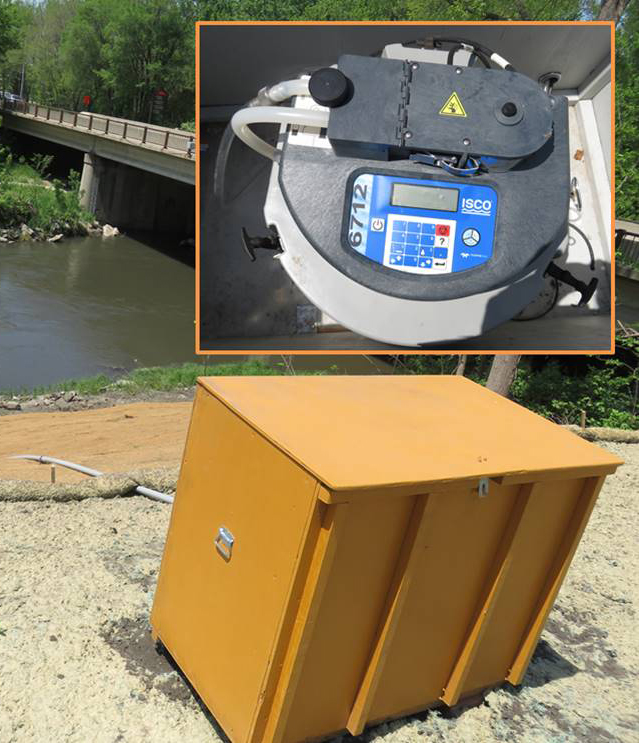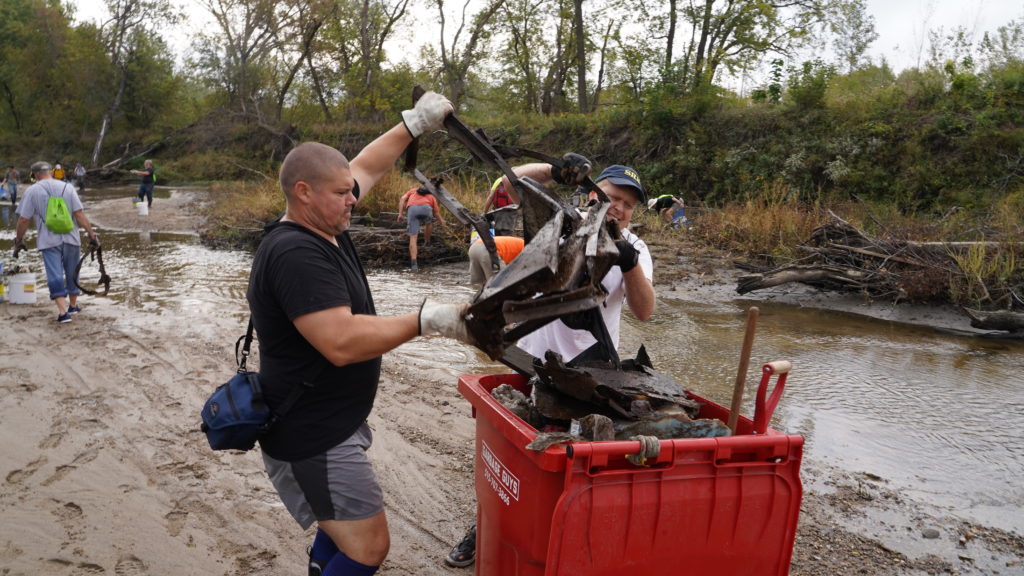As 2021 begins to wind down, Prairie Rivers of Iowa has much to share regarding our water quality and water monitoring efforts. Because we know you care about the environment and support our efforts, we wanted to share in this letter an in-depth look at our work this year.
Understanding and Solving Problems
The journey to understanding and solving a problem is very fluid and changes as we gain more clarity and understanding. Prairie Rivers has worked at developing watershed organizations, watershed plans, worked with landowners to implement nutrient reduction strategies and developed partnerships to assist in water quality improvements. In 2019, I began to realize all the work, all the money and all the research in the world were not making a difference. We began to ask ourselves were we focused on the “right” problem, and then did we have the “right” solutions?
This is when our staff began investigating to understand where, why and how was water monitoring making a difference? What does water monitoring really mean? Is there one process or concept that determines good water quality? Why do we often only see water monitoring data after several years, and why isn’t the data being utilized in “real” time? Are we too focused on nutrient reduction strategies because of an Iowa initiative, and is it the “right” focus?
Discovery
As we analyze current water monitoring practices, we began to understand better why the monitoring tools are not helping us make decisions to implement improvements in Iowa’s water quality. A few things we discovered:
- None of the electronic water monitors in our streams actually talk to each other.
- None of the monitors data comes in one language making it hard to make comparisons in testing results.
- The volunteer water monitoring program at the state level had been discontinued leaving few ways that citizens could participate in monitoring.
- There are many more pollutants in our water being monitored from municipalities than just nitrates and phosphorus and those are cause for concern as well.
- E coli was most likely the #1 problem in all the streams in Iowa and it had very little money to solve it.
- Many streams could be placed on the TMDL (total maximum daily load) list because they exceed recommended loads, but the state does not have enough people, time or money to monitor all streams.
Prairie Rivers of Iowa isn’t limited to working in one part of the state, and wherever we work, we form partnerships with local governments, businesses, and civic organizations. So, when we think about solving water quality problems, we’re not just thinking about the impacts on the Gulf of Mexico, or costs and benefits for an individual farm or a community, we’re also thinking about how to restore the environment and benefit people in the local area. Water monitoring has been an essential part of our process for understanding the state of water quality and finding local solutions.
Example of Thinking Through a Problem
Here is an example from Story County on how we began brainstorming with several partners on creating a ten-year water monitoring program.
- What are the issues? In Story County, we haven’t seen toxic algae blooms or threats to drinking water, but we have seen high e. coli levels that make it less safe to enjoy our recreational waters. The average citizen is not aware of these issues, and we thought they should get more attention.
- Where is it an issue? coli is an issue all over Story County, exceeding the primary contact recreation standard in 14/15 sites we tested last year! Because we have roots in the community, we know where children play and where people go kayaking/canoeing — regardless of how things get categorized in state databases!
- When is it an issue? In the South Skunk River, e. coli exceeds the state standards when the river is running high, but in Ioway Creek, it’s almost always dirty. Understanding this helps us find the right solutions—some management practices have a bigger impact during wet weather, others in dry weather.
- How do you test for it? This year, many creeks dried up and there was very little runoff from agricultural areas. So, we learned to use some new equipment for collecting samples of stormwater runoff from Ames and Nevada—and yes, there’s a lot of e. coli! We also wanted tools that could tell us if and where sewage could be getting into a creek, so we’ve been bringing water samples to an Iowa State University chemistry professor to try out a possible tracer—optical brighteners found in laundry detergent.
- How do we fix it? coli can come from wildlife, livestock, pets, or people, but “it could be anything” isn’t a good enough answer! With infrastructure on the national agenda, we’d like to steer more resources to addressing aging sanitary and storm sewers and helping homeowners fix up not-to-code septic systems. We’re seeing evidence that these are an important sources of e. coli, and it’s something that our local partners have a track record of finding and fixing. These kinds of insights came out of many conversations with stakeholders, experts, exploration of the data, and sampling our creeks. It’s not always straightforward, but it’s valuable work.
New Insights
- We now know that when comparing water monitoring information, we should always consider if the samples were taken in a “dry” or “wet” period. Putting all the years and samples together, gives us poor information.
- We consistently have seen that e coli is our #1 issue in-stream. These large levels of e coli may be coming from birds, wastewater pipes broken, human or animal interactions in the stream. More research will help us make determinations.
- From our monitoring, we can quickly identify when a change has occurred in the water quality and alert the local jurisdiction to a problem, in turn putting the local jurisdiction people to look for what is causing an increase in poor water quality and help us solve the problem.
- We are beginning to have a common water quality/monitoring language so we can all agree to what we are discussing.
- We understand that the land under any river or stream in Iowa belongs to the landowner, but the water belongs to the public.
As you may be aware, September 30 – October 2 we had a celebration of water. In particular, on Saturday, October 2nd we had a river clean up in Ioway Creek that runs through Ames. Twenty-nine people worked over three hours pulling out 2,500 pounds of trash from the stream. We invite you to watch a short video that celebrates these volunteers and to see what it was like cleaning up an Iowa river. You can view this video here. We hope you enjoy it!
The Work Ahead
Our future work will focus on: (1) building our knowledge of water monitoring across the state; (2) engaging with new stakeholders in helping them understand their local water quality problems; (3) bringing more people to an understanding of how we need to clean up our waters; and (4) help people engage more on our rivers for recreation and personal enjoyment.
All this work can be more robust with your support. If you agree and would like to help us continue understanding and improving water quality, please consider making a gift of at least $100.00 this year. Please visit here to make a gift.
I know you care about Iowa’s natural resources. There is much to do, but with our strategic thinking and commitment to educating the public, we can change the water quality in Iowa and improve what should be one of the greatest resources we have in Iowa.
Thank you.
Best wishes,
Penny L. Brown Huber
Executive Director
pbrownhuber@prrcd.org
515.232.0048



